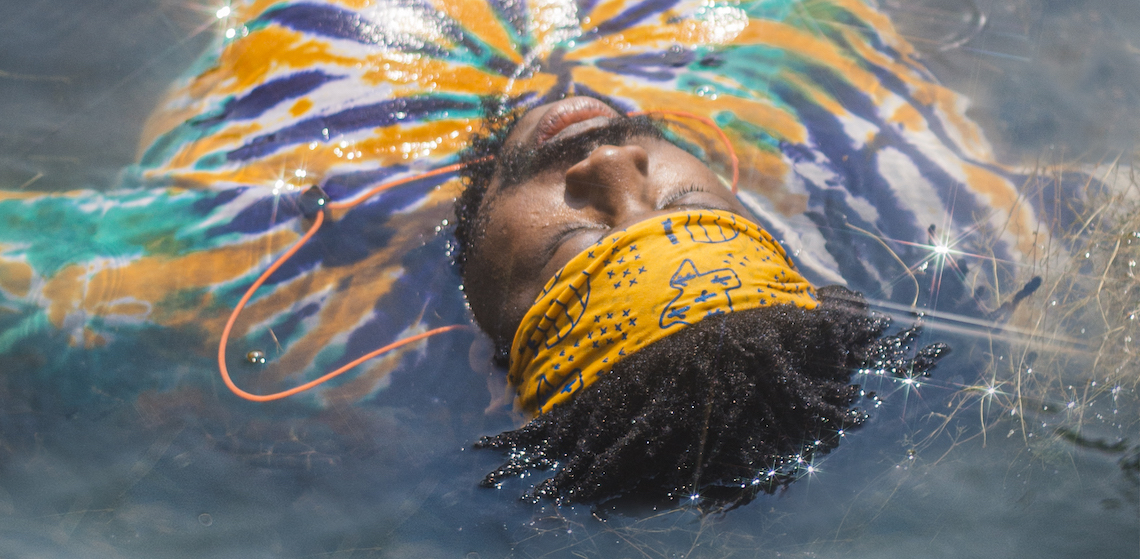Sperry, the nearly-90-year-old brand known for its boat shoes, has long been associated with a certain New England prep aesthetic. Its logo is a sailboat, after all. But under CMO Elizabeth Drori, Sperry is undergoing a transformation. Through a number of recent projects and partnerships, Sperry is in the process of shifting its placement in the market and building two new audiences for the brand: ethical shoppers looking for sustainable, purpose-driven brands and fashion-conscious streetwear heads.
Both are big markets: Sustainable fashion is worth $10 billion globally, according to Research and Markets, and streetwear is worth nearly $200 billion, per PWC’s Strategy& consultancy. But they’re also both competitive, particularly streetwear.
“We’ve seen a lot of new people coming to the brand,” Drori said. Seventy-five percent of shoppers on Sperry.com last quarter were first-time customers, according to the brand. Drori said the brand wants to keep attracting new customers looking for sustainable clothes and others looking for streetwear-inspired looks.
On the sustainable and ethical side, Sperry rolled out a new documentary series this week. The first episode debuted on YouTube and Sperry’s social channels on Sunday. Called “Reclaim Your Water,” the three-part documentary was directed by filmmaker Faith Briggs, who has made documentaries on nature and conservation-related topics. In October of 2021, she teamed with North Face on a film about disability and mountain climbing, and she’s worked with Brooks Running and REI on similar projects in the past. The Sperry series was co-produced by Claima, a content company focused on telling BIPOC stories.
Each episode focuses on a different Black American and their relationship with water, exploring how water has been a source of pain for the Black community in the past and how it can be a source of strength for the future.
Sperry provided products for participants in the film to wear — some of Sperry’s sports apparel can be spotted on the subjects of the series in a couple of scenes — and the brand’s name appears at the beginning of each episode. But otherwise, there’s little in the way of traditional advertising.
“That was intentional,” Drori said, adding that she wanted the brand to “take a backseat” to the stories depicted.
Ad position: web_incontent_pos1
But the lack of brand presence within the films doesn’t make the series incongruent to Sperry’s larger marketing plans.
“We are on a journey to make Sperry a purpose-driven brand,” Drori said. “We have our more performance-driven campaigns, [including a social media campaign called “Make Waves”] that launched simultaneously, which go hand-in-hand with the more top-of-funnel ideas like the docuseries. It’s part of the play to shift how people think of Sperry.”
Drori said Sperry and its parent company, Wolverine World Wide, have earmarked a portion of the year’s marketing budget for top-of-funnel efforts that don’t directly translate into sales, like the docuseries. There’s no paid advertising behind the series; it will live only on Sperry’s and Claima’s social channels, relying on organic traffic. Sperry has 330,000 Instagram followers, while Briggs has 20,000.
Sperry has been doing quite well for its parent Wolverine, which also owns 12 other brands like the footwear brand Saucony and the activewear brand Sweaty Betty. Sperry, which is one of its top-three performing brands and made $67 million last quarter, is forecasted to grow by mid-teen percentage points by the end of the year. According to Wolverine CEO Brendan Hoffman, a period of growth is the perfect time for the brand to start shifting its brand positioning.
“Our ‘Make Waves’ brand campaign will continue to pulse and run through October,” said Hoffman. “We’re also continuing to activate our new brand purpose throughout the year.”
Ad position: web_incontent_pos2
Shifting the perception of Sperry also extends to the other audience the brand is cultivating. In the last six months, Sperry has launched numerous collaborations with streetwear institutions like the British skate brand Palace and the influential streetwear blog Highsnobiety.
“These collaborations have a halo effect,” Drori said. “We use them, like the collaboration with Palace, to build hype and excitement around the brand and create this new customer for us.”




